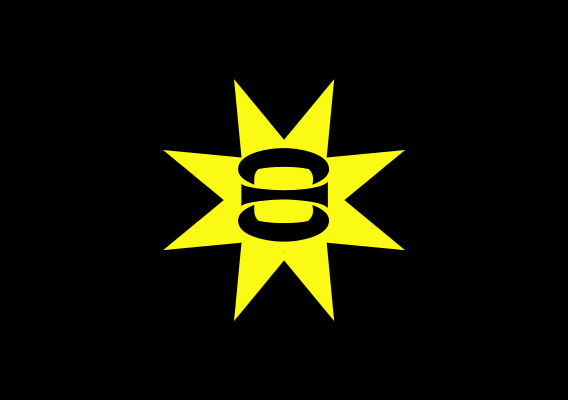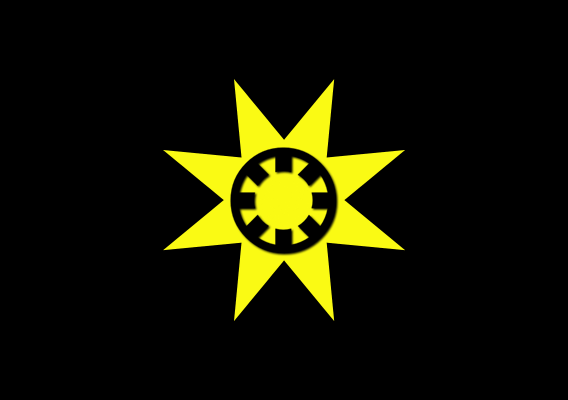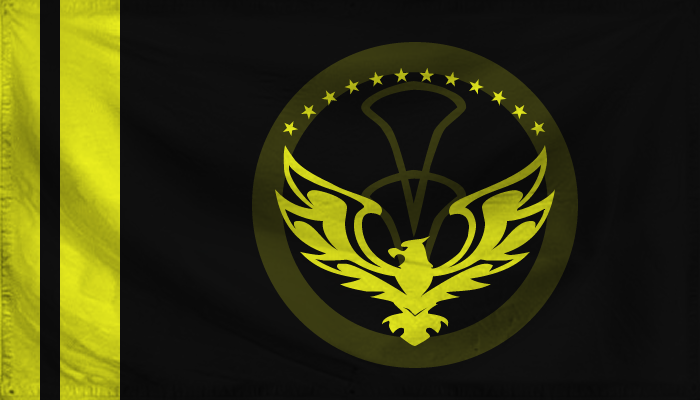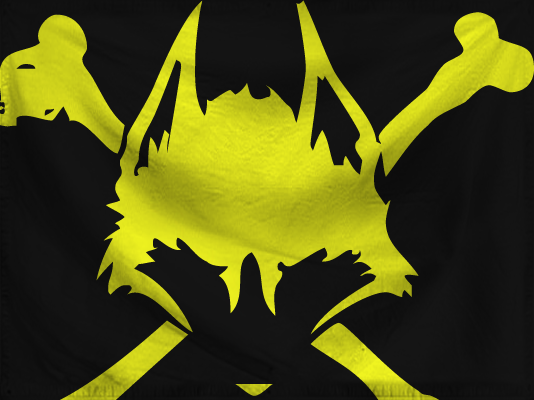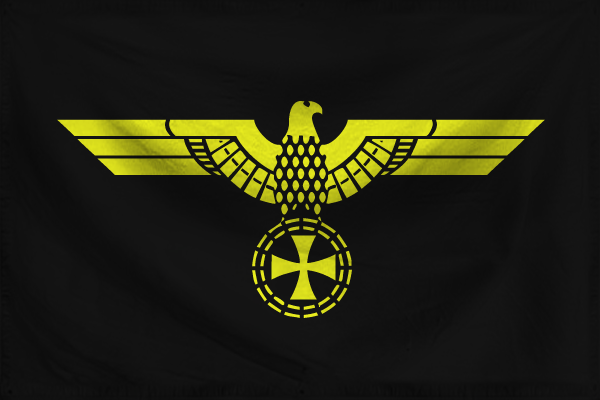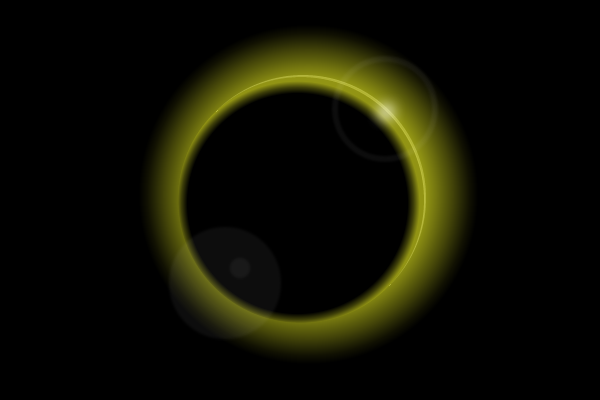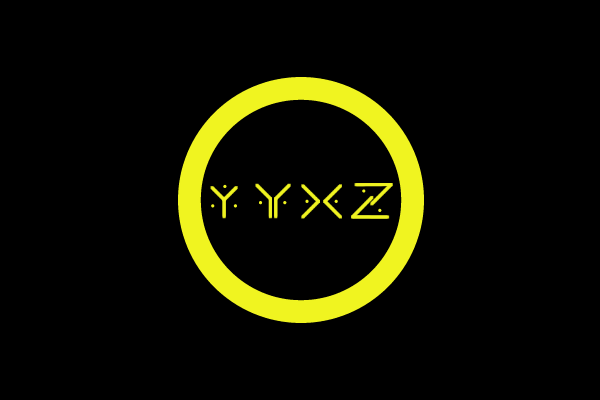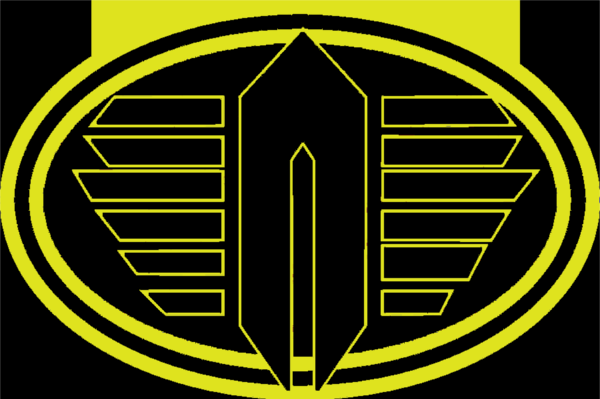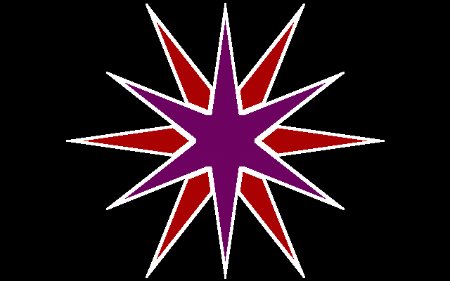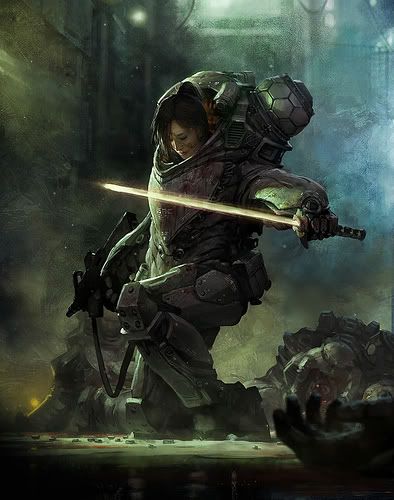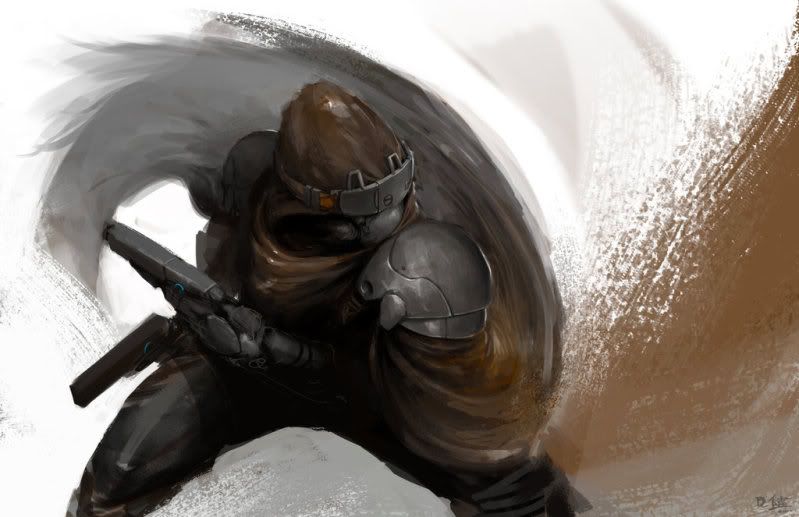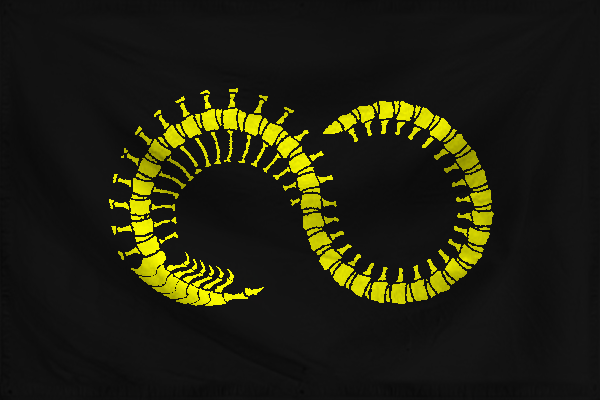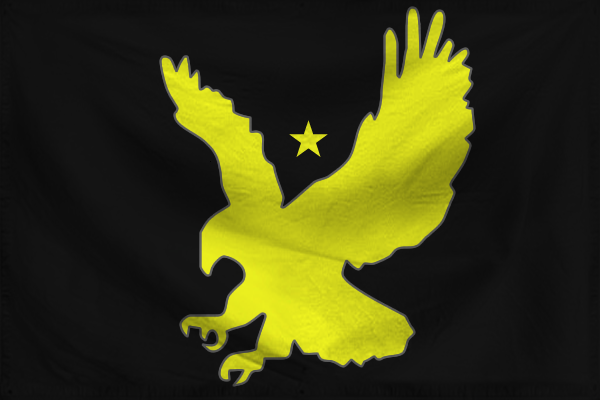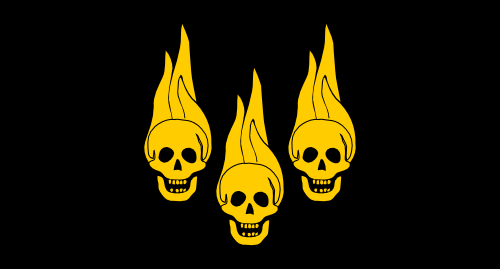
Table of Contents
1. Opening Post
a. Table of Contents
2. The Huerdaen Empire
a. The Government of the Huerdaen
b. Imperial Citizens
c. Imperial Residents
d. The Empire in Trade
e. The Empire at War
3. The Origins of the Empire
a. The Uprising
b. The Second Founding
c. The Wars
d. Memory of the Fathers
e. The Star Empire
4. The Imperial Arms of Huerdae
a. Technology
b. The Star Navy
c. The Imperial Shield
d. Levies and Support
e. Blood Corps
f. Assault Jaegers
g. Nogitsune
h. Stromreich Brigade
i. Kaskan Sohei
j. Mitokura Branch
k. Slaughter Cult
l. Commonwealth Marines
m. XenoHuman Raiders
n. Black Chevrons
o. Jarldom's Vikings
5. The Worlds of the Empire
a. Core Worlds of the Empire
b. The Burning Heart
c. The Strength of an Empire
d. Brothers and Sisters in the Stars
e. Additional Sectors of Note
6. Warships of the Star Navy
a. Bombers
b. Destroyers
c. Cruisers
d. Battleships
e. War Frigates
f. Dreadnoughts
g. Ghosts
h. Refineries
7. Assault Craft and Vehicles of the Imperial Shield
1. Tonka Halftrack Chassis
b. Carrion Utility Chassis
c. Kodiac Light Chassis
d. Gorgon Light Support Chassis
e. Goliath Medium Chassis
f. Titan Heavy Chassis
g. AVIE Support Chassis
h. Talos Heavy Support Chassis
8. Famous Persons and Military Units
a. Famous Persons Of the Star Navy
b. Famous Persons Of the Imperial Shield
c. Famous Persons Of the Huerdaen Star Empire
d. Warships of Renown
e. Divisions of Glory
f. Special Forces of the Star Empire
9. Weapons of the Star Empire
a. Infantry Weapons of the Huerdaen Star Empire
b. Field Guns of the Huerdaen Star Empire
c. Specialized Infantry Weapons of the Huerdaen Star Empire
d. Naval Weapons of the Huerdaen Star Navy
10. Organization and Information
a. Ranks of the Imperial Shield
b. Markings of the Imperial Shield
c. Organization of the Imperial Shield
d. Ranks of the Star Navy
e. Organization of the Star Navy
f. Ranks of The Force and Supporting Levies
g. Ranks of Supporting Levies
h. Standards of Construction and Behavior
11. Logistics and Mundane
a. Logistics Model
b. Logistics Craft
c. Civilian Craft
d. Residence Craft
e. Common and Mundane Objects and Information
f. Pracownik Frontier Chassis
g. Common Food, Drink, or Cultural Objects
h. Colloquialisms
12. Force, Levy, and Militia Units at War
a. Aircraft and Patrol Craft of the Force
b. Armored Vehicles of the Forces
c. Special Ammunition of the Force
d. Aircraft of Militias and Levies
e. Armored Vehicles of Militias and Levies
13. Imperial Supplies, Equipment, and Core Systems
a. Imperial Equipment and Supplies
b. Imperial Fields and Shielding
c. Core Systems
d. Ordinance of the Star Empire
e. Pracownik Frontier Chassis
f. Ammunition Color Codes
g. Strategic Assets
14. The Imperial System of Law
a. The Imperial Force and its Duties and Limitations
b. The Imperial Gaze and its Duties and Limitations
c. The Imperial Code and its Duties and Limitations
15. Creatures and Living Things of the Star Empire
a. Nationalized Sentient Species and Cultures
b. Non-National Sentient Species
c. Pests
16. Unit Formations and Specializations in the Imperial Shield
a. Light Infantry Formations
b. Heavy Infantry Formations
c. Mechanized Infantry Formations
d. Armored Cavalry Formations
e. Highly Specialized Formations
17. Unit Formations and Specializations in the Imperial Star Navy
a. Combat Formations
b. Specialist Formations
c. Non-Doctrinal Formations
18. Imperial Commendations and Uniforms
a. Imperial Commendations
b. Imperial Duty Uniform
c. Imperial Dress Uniform
19. The Imperial Marine Navy
a. Defensive Fortifications
b. Submersible Combat Vessels
c. Amphibious Assault Vessels
20. Factions and Corporate Entities Within the Huerdaen Star Empire
a. Emperor's Party
b. National Party
c. Silvertouch Party
d. Bloodtide Party
e. Blackgate Party
f. Goldenheart Party
g. Ascendant Party
h. Followers of the Word
i. Seven Circles
j. Fiery Dawn
k. Major Commercial Organizations
l. Combat, Security, and Protection Organization Classifications
21. Discontinued or Legacy Information
a. Discontinued Levies
b. Discontinued Weapons
c. Discontinued Equipment and Vehicles
d. Griffon Support-Gunship Chassis
22. Specialized Ordinance of the Star Empire
a. Ammunition Markings
b. Ground-based Ordinance
c. Void-based Ordinance
d. Multi-Purpose Ordinance
23. General Information about the Star Empire
a. Standards of Construction and Behavior
b. Buildings and Construction in the Star Empire
c. Calendar and Time in the Star Empire
d. Huerdaen Formal Bars
e. Materials and Resources
24. Attack Craft and Landers of the Imperial Shield
1. Talon Gunship Chassis
2. Tengu Assault-Gunship Chassis
3. Overlord Destroyer-Gunship Chassis
4. Roc Heavy Flight Chassis
5. Drekkar Assault Lander
6. Argo Lander
7. Conqueror Heavy Lander
8. Beachhead Deployable Fortification
9. Lotus-Blossom FTL Transit Carrier
10. Deaths Head Armored Combat Landing Pod
11. Grizzly Armored Lander
12. Harpy Armored Rapid Lander



